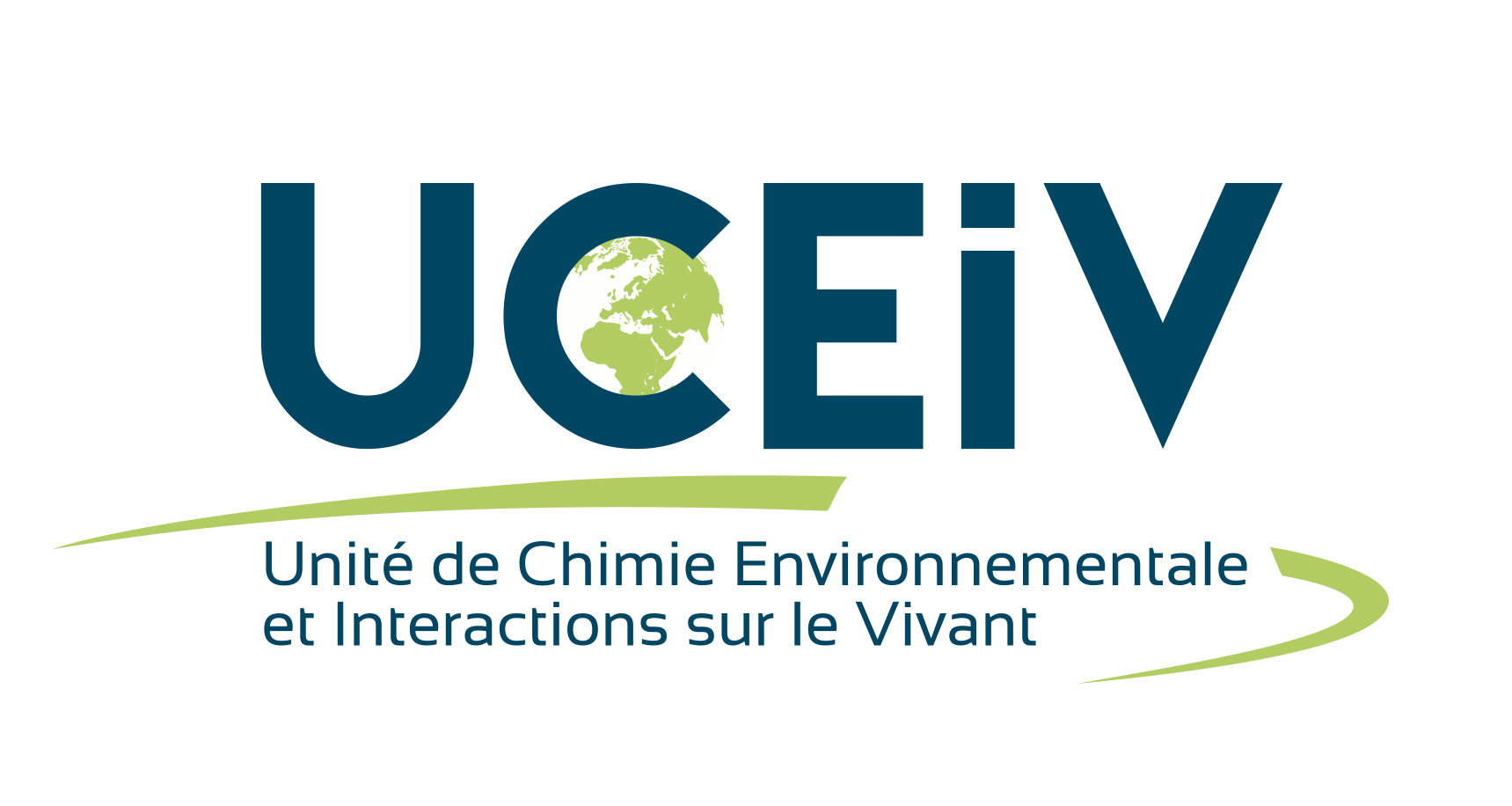- Gas chromatography
2 x GC-FID Capillary, Autosystem & Clarus 500, PERKINELMER
1 x GCMS-QP2010 Ultra SHIMADZU : Gas chromatography system coupled to a single quadrupole mass spectrometer
Features
- Simultaneous FID (Flame Ionization Detector) and MS (Mass Spectrometry) analysis
- Two alternative injection modes: Split/splitless & On Column
- FAST GC-MS mode analysis (scanning at up to 20,000 mass units per second).
Applications
- Characterisation of fatty acids of plant and fungal origin, fungi & mychorizal fungi (FAME / Fatty Acid Methyl Ester) or of bacterial origin (BAME, Bacterial Acid Methyl Ester)
- Characterisation of soil microbial flora using lipid markers
- Differentiated characterisation of the fatty acids used in the composition of phospholipids and triglycerides.
- Characterisation of plant sterols (Sitosterol) and fungal sterols (Ergosterol)
- Characterisation of organic soil pollutants: polyaromatic hydrocarbons (PAHs) and aliphatic hydrocarbons.
- Characterisation of essential plant oils (leek, sage, coriander, etc.)
- Characterisation of phytohormones of the plant alarm and defence system (Jasmonic acid & Methyl Jasmonate) and precursors (linolenic acid).
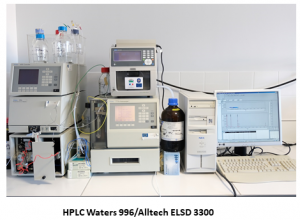
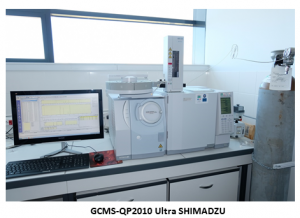
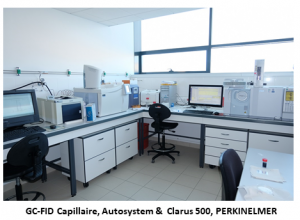
- Liquid chromatography
HPLC Waters 996/Alltech ELSD 3300: High Performance Liquid Chromatography system with dual detection: UV diode array detector/evaporative light scattering detector/quaternary system
Features
- Multi-solvent injection system (4 channels)
- Diode array UV detector
- Evaporative Light Diffusion (ELD) sensor
Applications
- Characterisation of oxidative stress markers : Malondialdehyde (MDA)
- Analysis of lipids of plant and fungal origin
- Characterisation of lipid categories: triglycerides, phospholipids, sterols, etc.
- Characterisation of phospholipids: PhosphatidylCholine (PC), PhosphatidylEthanolamine (PE), PhosphatidylInositol (PI), PhosphatidylSerine, (PS), PhosphatidylGlycerol (PG), Phosphatidic Acid (PA)
- Characterisation of plant sterols (Sitosterol) and fungal sterols (Ergosterol)
- Characterisation of organic soil pollutants: polyaromatic hydrocarbons (PAHs)
- Headspace technique
The headspace technique is used for a variety of applications. It allows us to determine the partition coefficients of volatile organic compounds between the gas phase and various liquid phases (water, aqueous cyclodextrin solutions, green solvents). Knowing the partition coefficient enables us to assess the solubilisation capacities of these various solutions. We are also determining the constants for the formation of inclusion complexes between cyclodextrins and volatile compounds (pollutants, aromas, etc.). Finally, using the multiple extraction technique, the release of volatile compounds from different matrices is monitored as a function of time.
- Headspace Agilent G1888 connected by a transfer line to a GC FID autosystem Perkin Elmer
- Headspace ThermoFisher Triplus 500 to a GC- FIC Trace 1300
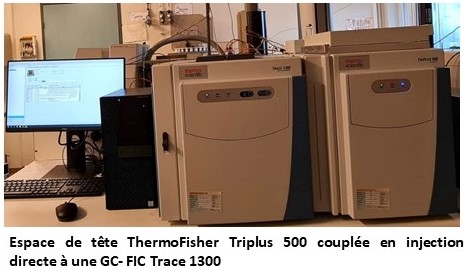
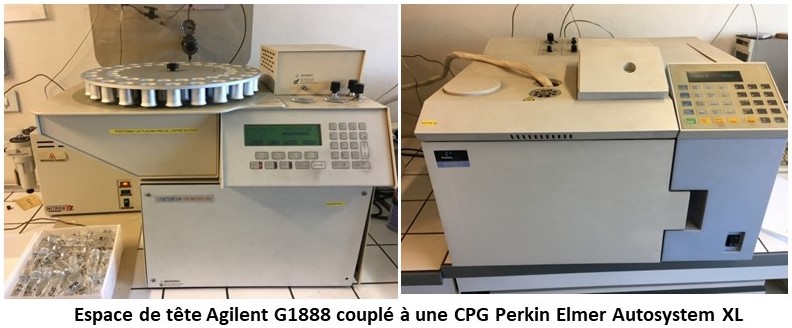
- Gel permeation chromatography or steric exclusion chromatography
Agilent GPC-50 Plus gel permeation chromatography or steric exclusion chromatography is a technique for separating molecules according to their molecular size or weight. It can be used to analyse polymers of synthetic or natural origin, by calculating average masses (Mw, Mn) and the polydispersity index. It is used in the laboratory to analyse cyclodextrin polymers, flax mucilage and bio-based polymers.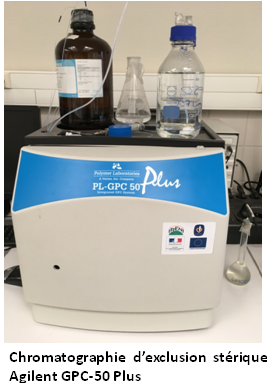
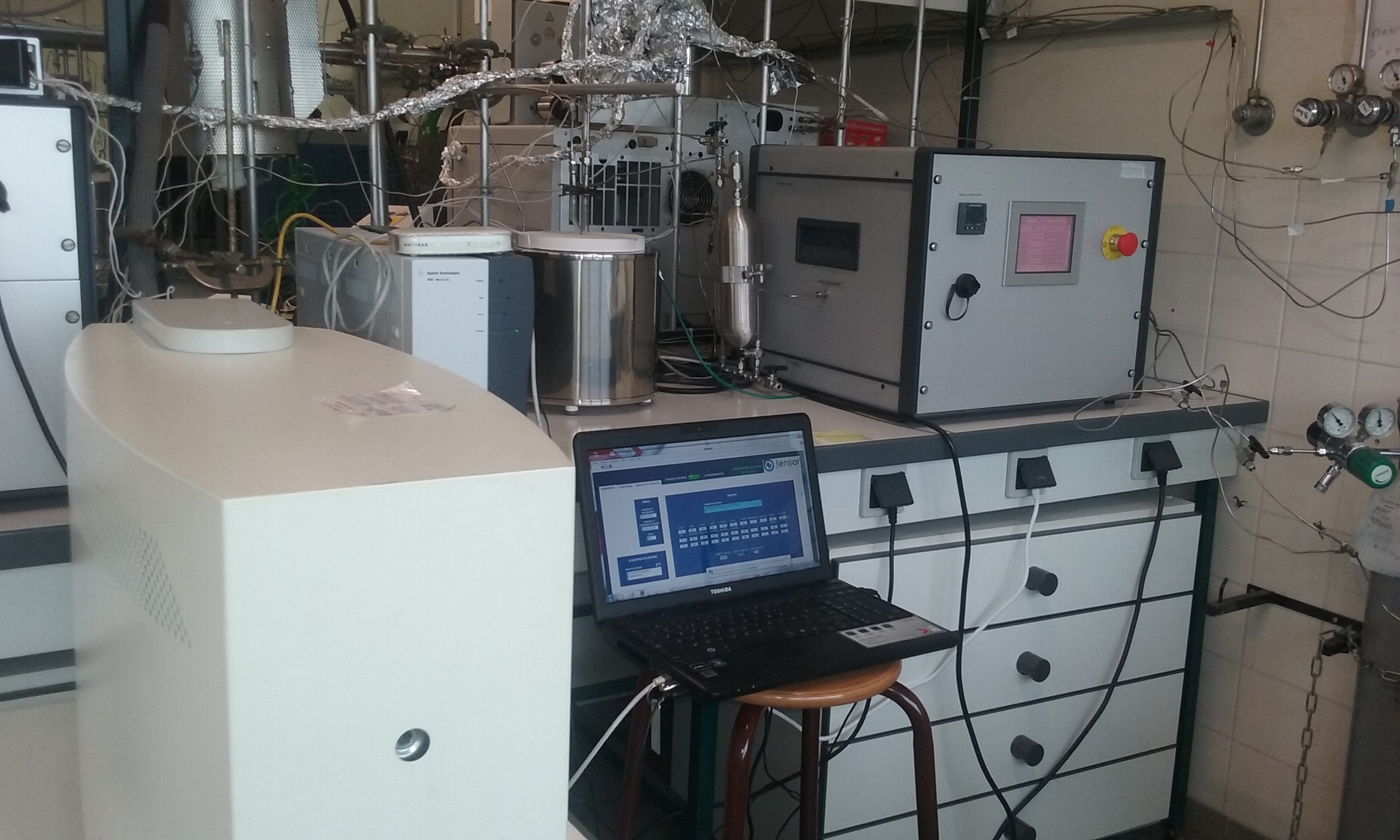 3 micro GC, CP 4900 Varian
3 micro GC, CP 4900 Varian- 2 micro GC, 490 Agilent Technologies
GC 3800, Varian - 2 GC Trace 1300, ThermoScientific
Compact GC, Global Analyser Solution - 5 mélangeurs de gaz, Calibrage
- 3 mélangeurs de gaz et humidité, Michell Instruments
CO2, CO – Ar, CH4, H2O – Ar, CH4, CO2,H2O, H2S, O2 - 1 mélangeur de gaz pour COV gazeux, liquide, solide : Bronkhorst /2Mprocess
- Analyseur de gaz, Servomex : CO, CO2, NOx
